
Your car’s engine mounts (motor mounts) are crucial in maintaining your engine’s stability. They hold the engine in place within your vehicle and prevent wear and tear from excessive movement and vibrations. They also ensure a smooth and comfortable ride by absorbing vibrations from the engine’s operation.
Most cars have between two and four engine mounts located on the sides and backs of the engine to hold it securely in place to the car frame. They look like circular metal and rubber brackets.
While engine mounts are designed to last between five and seven years, they can start to deteriorate sooner, depending on driving conditions and habits, leading to a range of noticeable symptoms. We’ll guide you through the symptoms to look out for and what causes them to fail so that you can avoid problems further down the line.
In extreme cases, failing engine mounts can cause excessive movement, misalignment and irreversible damage, so knowing the signs or problems before this happens is crucial to avoid shelling out for a replacement engine.
Table of contents:
- What are the signs and symptoms of an engine mount problem?
- What causes my engine mounts to fail?
- Can I drive with bad engine mounts?
- How expensive are engine mounts to fix?
What are the signs and symptoms of an engine mount problem?
Several clear signs can alert you to failing engine mounts, including:
Visible damage to the mounts
Corrosion, warping or cracks in the rubber parts of the mounts mean that they can no longer properly stabilise your vehicle’s engine. If left unreplaced, damaged mounts can lead to further issues, such as leaks from valve cover gaskets and stress cracks in engine manifolds.
Carefully inspect the rubber part on each of your engine mounts. If you spot any problems, it’s worth having the whole mount replaced. You can’t just replace the rubber as it’s a bonded and integral part of the engine mount.
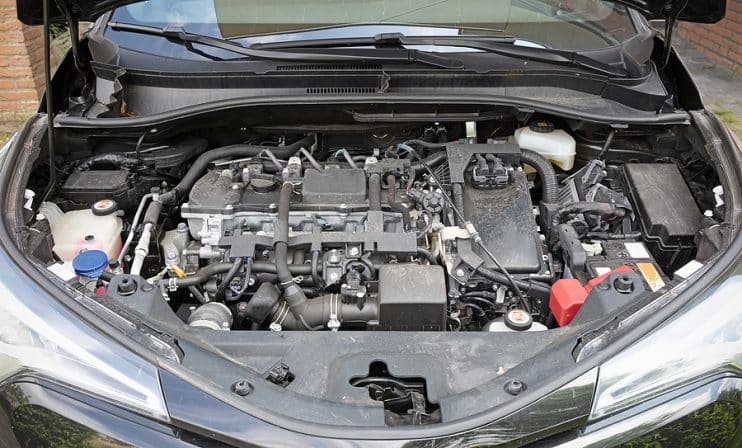
Damage to other components
When mounts fail, the loose engine movement that results will damage other surrounding components as the engine shifts around. Look for damage to fan belts and radiator hoses, as they are often first in the firing line from this increase in movement. This includes stretching or wearing down in parts.
You might also notice effects on your gear stick and clutch performance. In severe cases, excessive engine movement can cause fluid leaks or damage to firewalls and fenders.
Noise
Failing mounts create distinctive noises as the engine moves around. Listen out for banging, clanging or thumping sounds when you accelerate, slow down or change gears. These sounds are caused by the engine banging into surrounding components, such as the fuel rails or injector, as the rubber in the mounts breaks down.
Vibrations
As we said at the outset, your mounts play two crucial roles. One is keeping the engine in place while the other is absorbing vibrations from the engine before they reach the cabin. Broken or deteriorating mounts won’t absorb these vibrations properly, so you’ll likely notice excessive shaking through the steering wheel and dashboard, especially when you’re idling or using the air conditioning.
While these vibrations are often an indicator of mount failure, they may also suggest wheel alignment issues, exhaust system problems, or suspension wear, so getting a proper diagnosis is crucial.
Movement
A secure engine sits level within the frame without slumping on one side or any tilting. If your mounts are failing, you may notice unevenness in how your engine is sitting.
You’ll also start to notice the sounds and sensations this movement causes when you’re on the road. For example, you may even feel the engine lurching to one side when you corner, accelerate or break quickly.
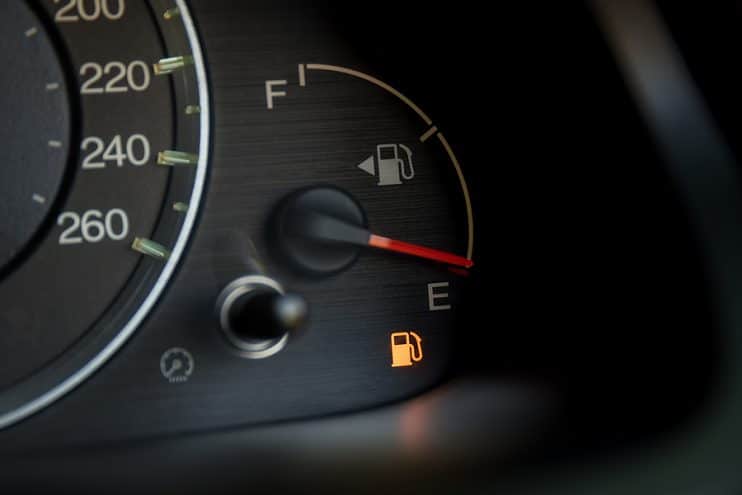
Poor vehicle performance
With all this movement and resulting wear and tear, it’s no surprise you’ll notice problems with your car’s handling and performance. Symptoms include rough starts where you lurch forward, decreased fuel efficiency, a jolting sensation when changing gears and general problems with accelerating smoothly. As the engine mounts continue to deteriorate, these problems will become more noticeable and more damaging to your vehicle’s components.
What causes my engine mounts to fail?
Engine mounts are designed to last five to seven years, so wear and tear through age is common. However, other factors can contribute to them wearing out faster. Here are some of the most common reasons for engine mount failure:
- Standard wear and tear: Rubber has a finite lifespan, especially in high-pressure situations such as holding an engine in place. Over time, it will lose its elasticity, crack or wear away. Fluid leaks: If you have a fluid-filled engine mount, small cracks can leak this fluid, resulting in more noticeable movement.
- Fluid leaks from other engine components can accelerate the process of wear and tear, as oil and coolant can break down the rubber.
- Collisions, even minor ones, can instantly move or damage engine mounts. If you’ve had an accident, you should always have your car checked for internal damage. If you’re buying a used car, ensure you know its full history and have the proper checks before taking it out.
- Aggressive driving habits, such as hard acceleration and abrupt braking, put extra stress on your engine mounts and other components.
- Poor installation of the mounts in the first place can also cause them to fail faster. While you can install new ones yourself, it might be worth having an expert double-check them as soon as you notice any signs of movement.
Can I drive with bad engine mounts?
While it may be tempting to put off repairs to failing engine mounts, they can cause several problems when you’re out on the road, some of which will lead to much more costly repairs further down the line.
Excessive engine movement can strain and damage components like hoses, wiring harnesses, and even the exhaust system. In severe cases, a completely failed mount can allow the engine to shift enough to interfere with steering components or cause the cooling fan to come into contact with the radiator.
So, what starts as a relatively inexpensive mount replacement could escalate into costly repairs if you put off replacing the mounts. In extreme cases, you may have to replace the whole engine because of the damage caused by excessive movement.
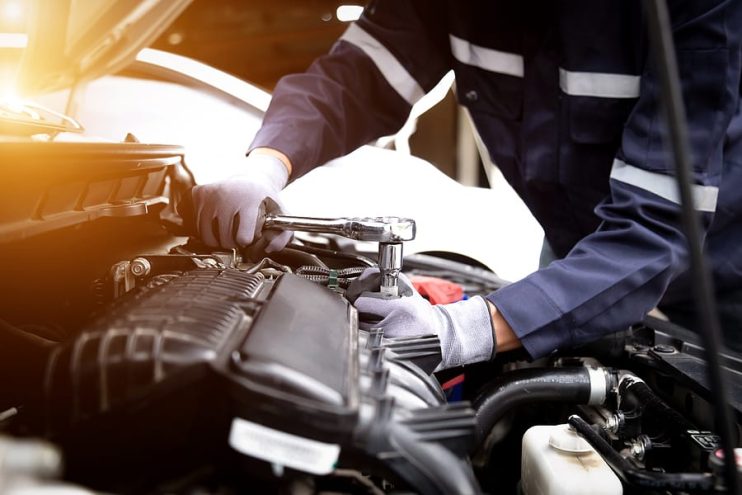
How expensive are engine mounts to fix?
The cost of replacing an engine mount depends on your car manufacturer, but you can expect to pay between £110 and £220. Compared to the pricier repairs you’ll face if you damage more components or even the engine itself, the cost of replacing a worn engine mount is relatively low.
It’s worth mentioning that if one engine mount needs to be replaced, replacing the others may be a good idea. That’s because they’re all likely to be the same age. If wear and tear are causing problems with one, the others will likely follow soon enough. A damaged mount can also put extra pressure on the other mounts, accelerating their deterioration.
Ignoring a failing engine mount can lead to excessive vibrations, misalignment, and even damage to surrounding parts, potentially resulting in far more expensive repairs. Addressing the issue early helps you maintain a smooth ride and protects your engine from unnecessary strain.

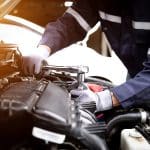
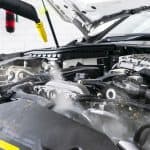
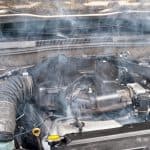
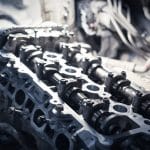

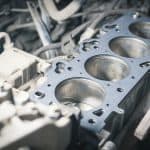
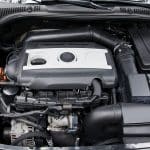
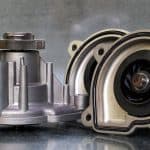

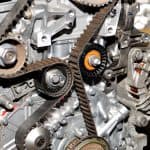

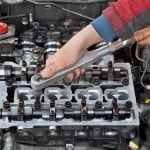
.png)